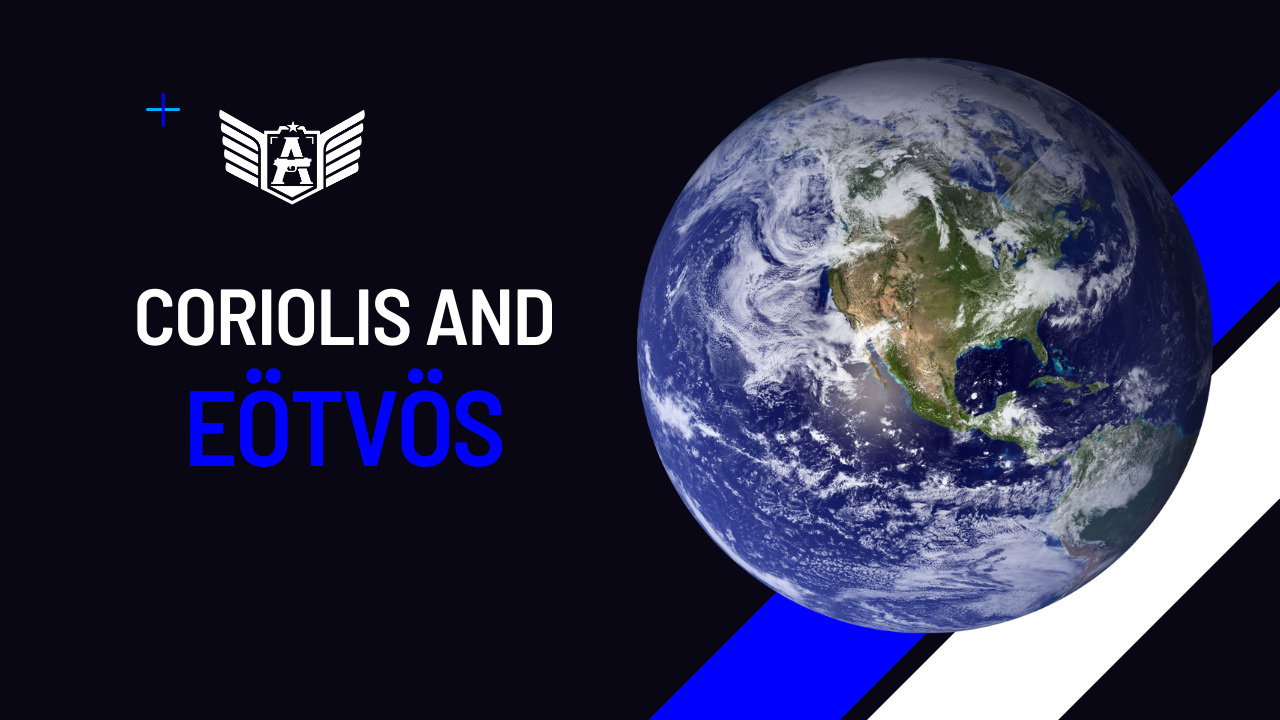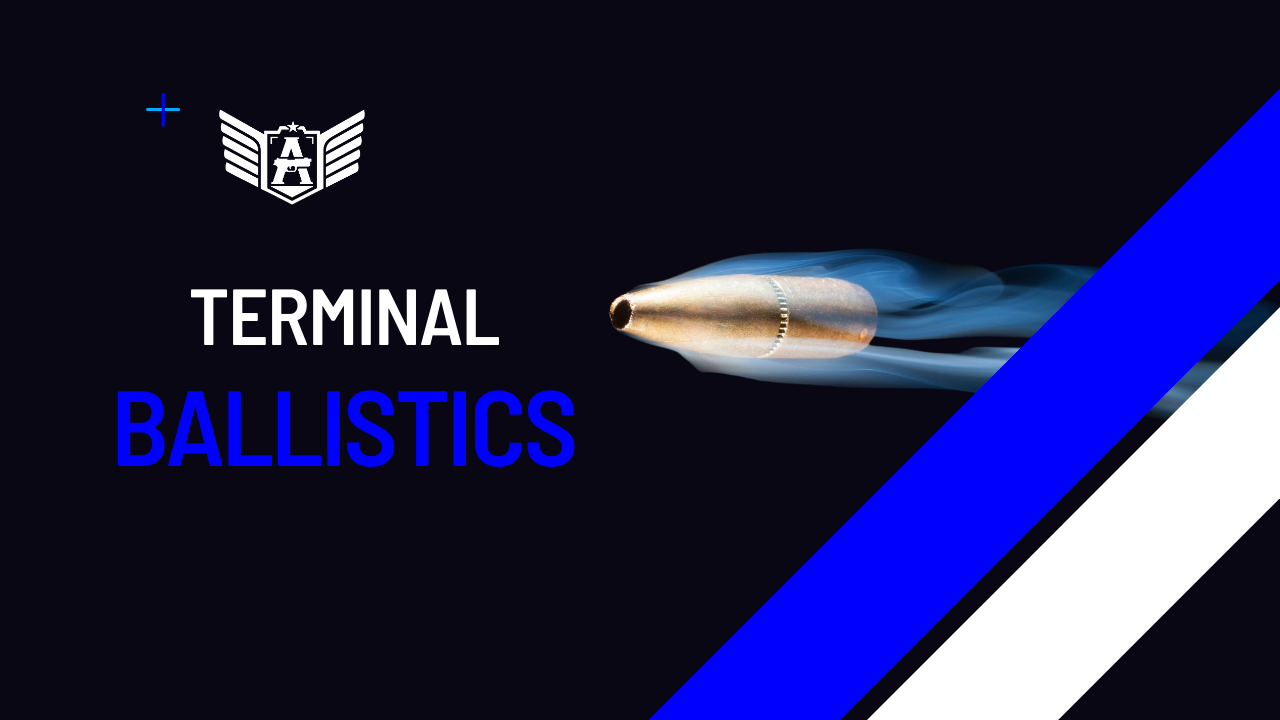
- Text originally witten for the DEFENSE Institute (BRA) in 2017.
Hello pals, today’s topic is the so-called Coriolis effect. Have you heard of it? And what about Eötvös?
Coriolis is the surname of Gustave-Gaspar Coriolis, a French engineer who studied inertial physics related to rotational movements, such as the Earth’s rotation.
You know that swirling motion of water when it goes down the drain? That’s the Coriolis effect.
Thus, the Coriolis effect acts on everything on the planet, being noticed in anything that is not firmly attached to it. Air masses, tides, and, obviously, projectiles are affected.
Imagine a projectile being fired from north to south. From the moment it loses contact with the earth below it, the planet continues to rotate, like a parachutist who moves away from the aircraft after jumping, or like a ball thrown out of a moving car window. What effect does this cause?

At short and medium distances, the effect is negligible; however, as the shooter and the target move farther apart, it is necessary to take the rotation of the earth into account to predict the impact location.
As for Eötvös, he observes the gravitational differences when a projectile travels east-west or vice versa.
The Eötvös effect for an object moving eastward along a latitude of 60º. The object tends to move away from the Earth’s axis. (Source: Wikipedia)
The Earth rotates counterclockwise for someone observing from the North Pole. In other words, it moves from west to east at 1,675 km/h at the equator and proportionally slower as it approaches the poles.

In practice, this means that when you travel east, you are less affected by gravity than when you go west. Thus, a shot fired to the east requires “less adjustment” than one fired to the west.
Relevant points:
- The closer you are to the equator, the greater the linear velocity of the shooter, compared to regions closer to the poles. Therefore, the Coriolis effect is more noticeable in those places and not so much in the others.
- When the projectile is fired parallel to the latitudes, the Eötvös effect is observed, and when fired parallel to the longitudes, the Coriolis effect is observed.




